NW Noggin joined the fun at Irvington School this week for the annual Family STEAM Night (STEAM: Science, Technology, Engineering, Art & Mathematics) at this Portland Public K-8…
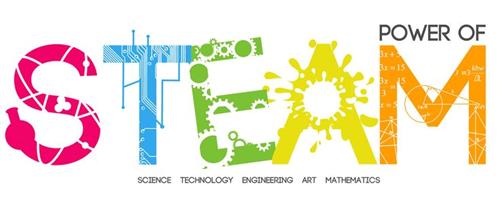
LEARN MORE: How the Sciences & Arts are Coming Together to Drive Innovation
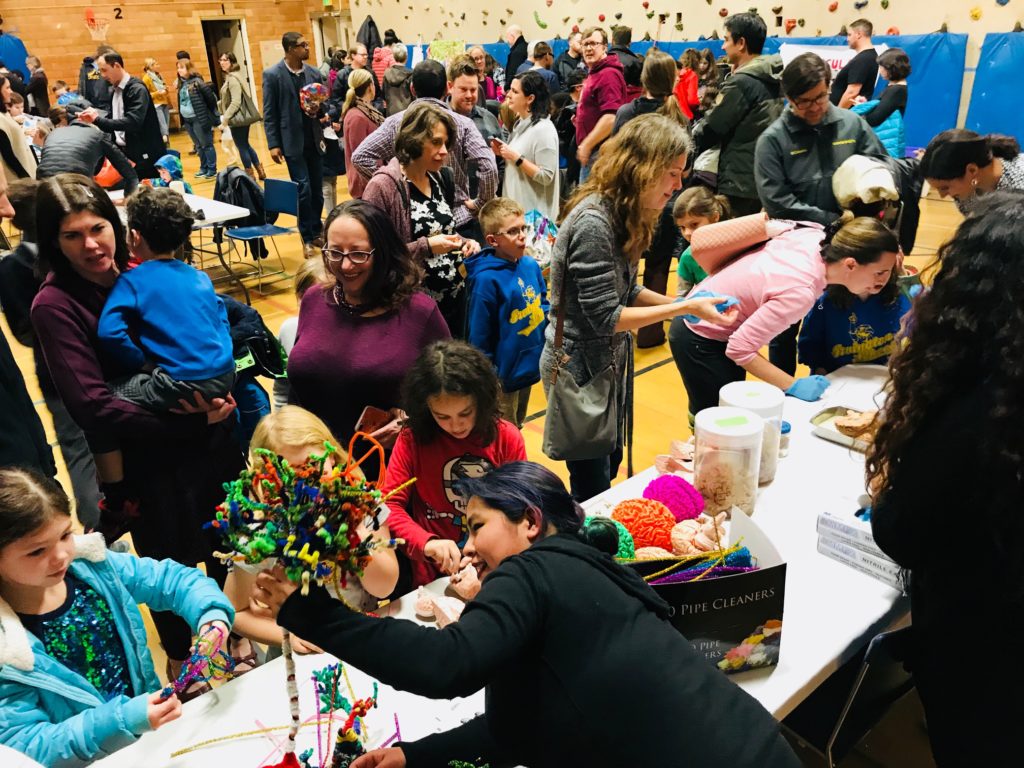
We brought more of our motivated, knowledgeable Noggin volunteers, including Sara Moreno, Mars Correa, Thomas Madison, Sulema Rodriguez, Leota Wolford and Erin McConnell from Psychology at Portland State University, and Kateryna Bondarenko, a graduate of WSU Vancouver…
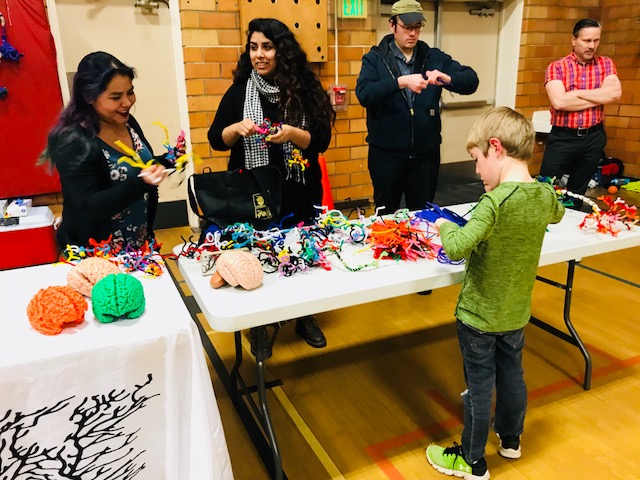
This was a popular event!
Kids and parents crowded around our tables to examine real brains, make neurons out of pipe cleaners, and ask insightful questions. “If I use my brain I’ll connect more brain cells, right?” “Are those long parts like wires?” “How does that chemical dumped out at a synapse get the next neuron to carry more electricity?”
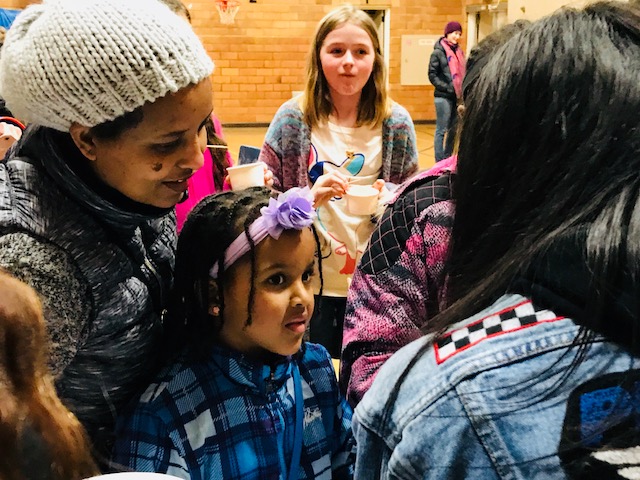
Neurons, we explained, link up across short gaps known as synapses, where the electric current carried by the first neuron (Neuron 1 below, in PSU Vikings colors!) is converted into the release of a chemical called a neurotransmitter at its axon terminals (the ends of its wire-like axon)…
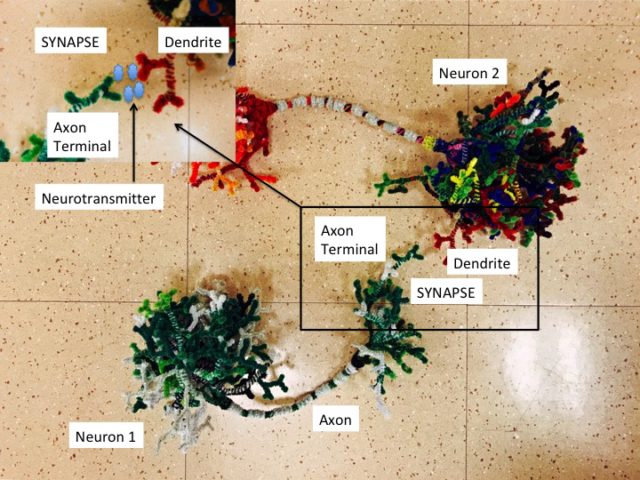
That chemical neurotransmitter will attach itself to complex proteins called receptors, some found embedded in the membrane of the branch-like dendrites of Neuron 2 (above)…

Some of these protein receptors (which are built based on instructions in your DNA) are considered ionotropic, which means that when they attach to (or bind) a neurotransmitter, they will swing open a molecular “gate” that lets charged atoms (known as ions) pass through. This changes the distribution of charges across Neuron 2’s membrane, either exciting it to start a current, or inhibiting it from firing. It all depends upon the type of receptor, and which particular ion or ions it allows through…
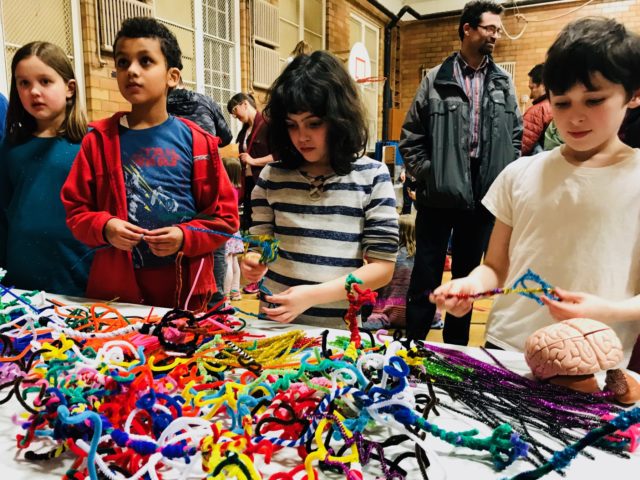
Ionotropic receptors are also known as ligand-gated ion channels (ligand is a fancy word for chemical). There are several other types of receptor at a synapse, both on the post-synaptic (“after the synapse”) dendrite of Neuron 2, and the pre-synaptic (“before the synapse”) axon terminal of Neuron 1, that help “receive” and translate the chemical message of a neurotransmitter…
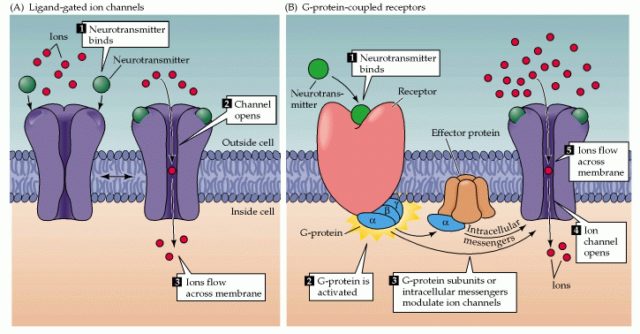
LEARN MORE: Two Families of Postsynaptic Receptors
LEARN MORE: How do neurons send electrical messages?
Kids were soon making their own neurons, and even some receptors, out of colorful pipe cleaners…
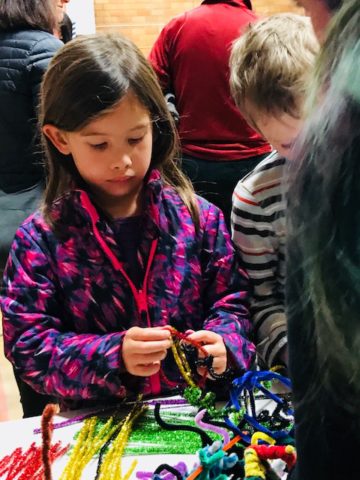
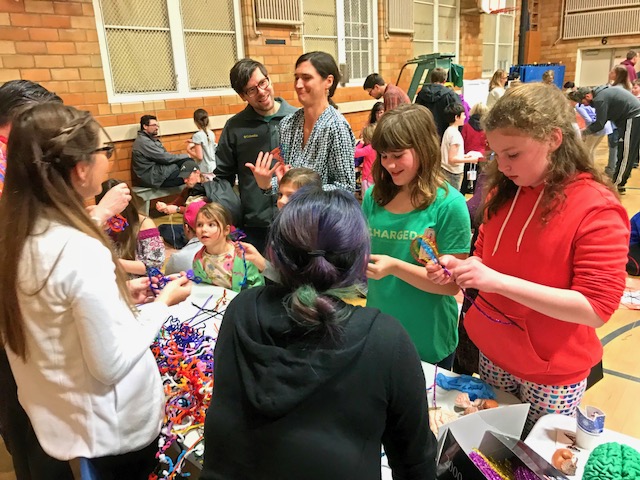
This is always such a great opportunity to explore concepts, ideas and structures, including complex structures with challenging names, and consider questions that naturally come up while constructing brain cells and interacting with undergraduate and graduate students pursuing neuroscience and art!
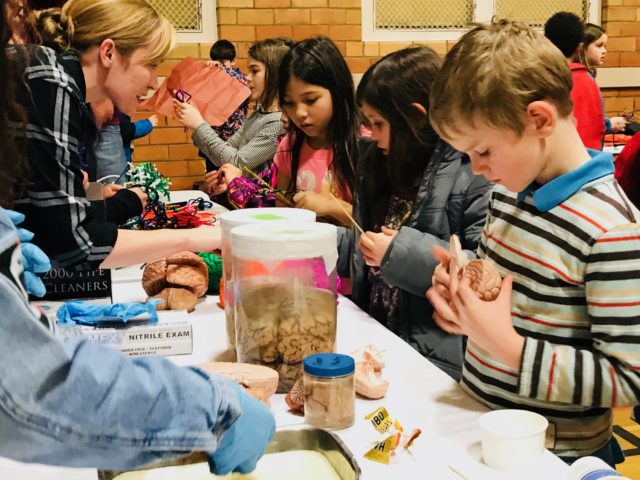
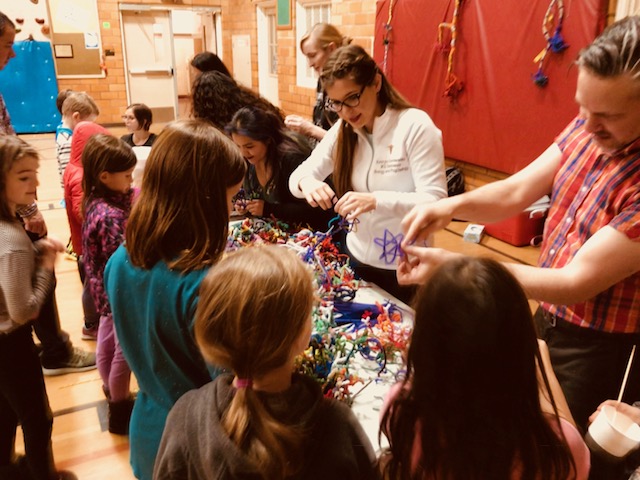
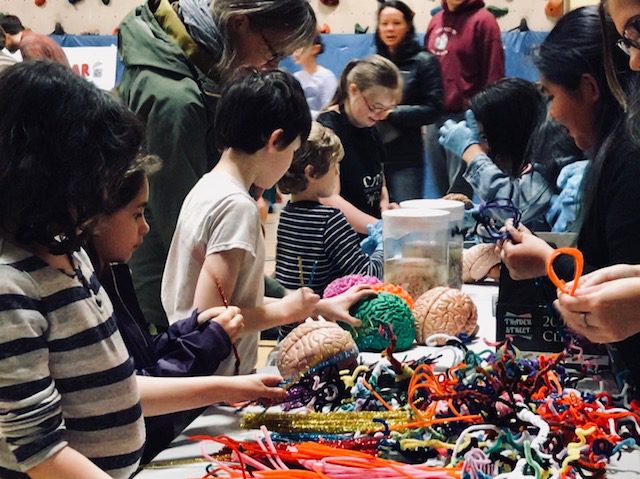
LEARN MORE: STEAM Art Projects
In fact, it always strikes us how productive this approach can be, and how cheap! Graduate and undergraduate students learn to communicate by communicating, and they actually go where people happen to be. They don’t memorize scripts in advance, and they love the spontaneity, creativity, awe, practice and innovation these outreach experiences provide.
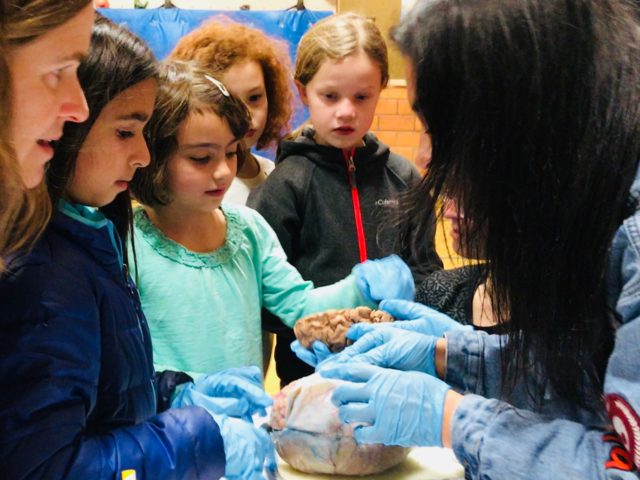
Meanwhile, some campus-bound “science communication experts” are clearly more comfortable limiting their efforts to other scientists, promoting “#scitalk” through memorized “elevator pitches,” and spending oodles of public dollars on splashily marketed conferences claiming to promote science outreach and education – by folks who rarely leave the campus, convention center, or lab…
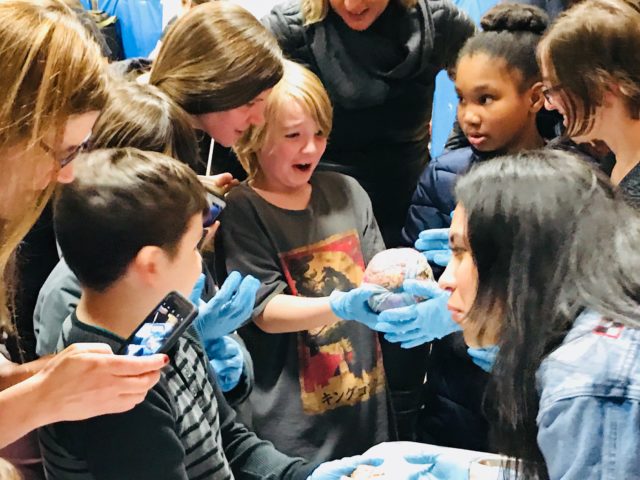
That’s definitely not us. We’ve made it our mission to reach out, and let knowledge serve the City – to be up early with K-12 students, and out late with adults and families at STEAM Nights, art museums, homeless youth shelters, breweries, Congress, and bike shop pubs…
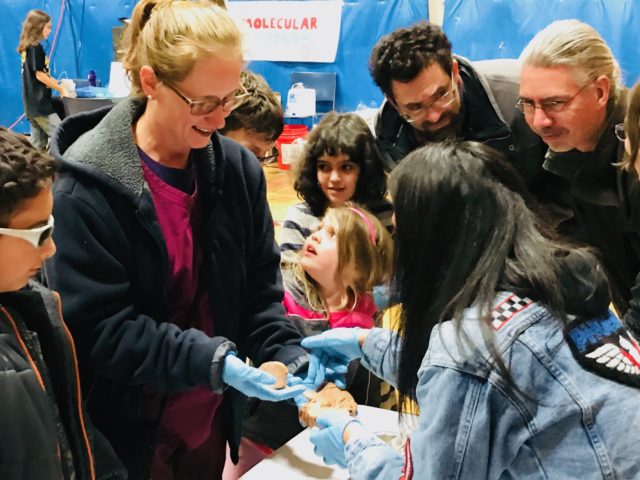
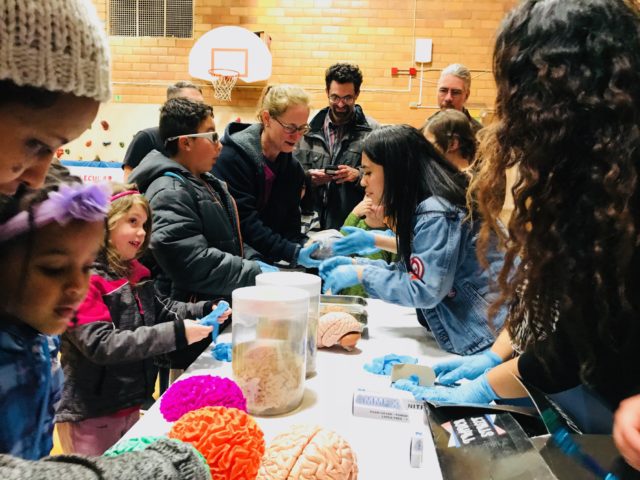
“Science advocacy is very important in this day and age. Scientists, we as a community, are very good at communicating with one another, but I think we need to be much better about communicating with the lay audience, the public as a whole, to get our message across. Because we can’t do any of our science without the public’s support, and at the end of the day, all of our science is for the public’s benefit.” – Sai Sachin Divakaruni
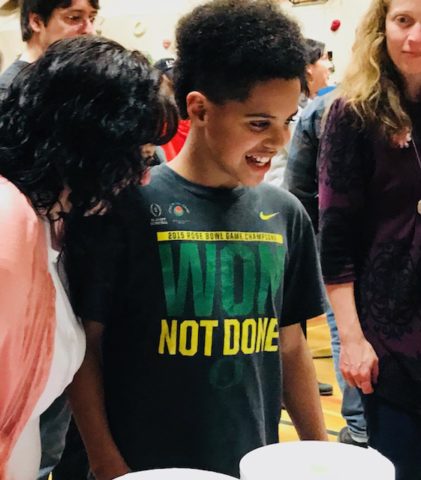
“You brought a real human brain here?!” “Yes – and you did too!”

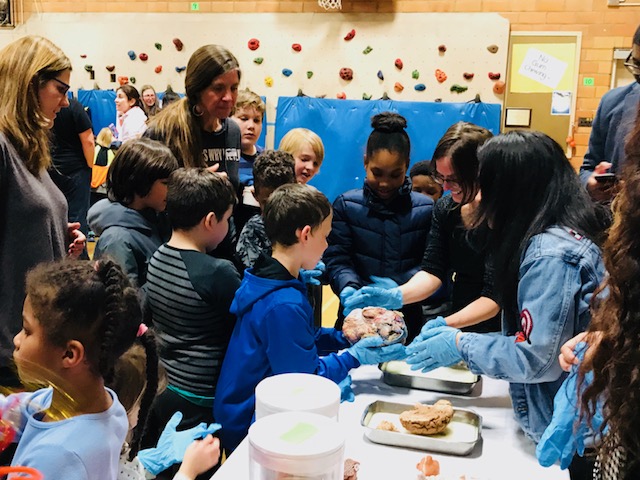
It’s win, win – and genuine – and for the cost of a pack of pipe cleaners we can inspire, excite, engage and light the spark in those who will make the critical discoveries and accomplishments of tomorrow…
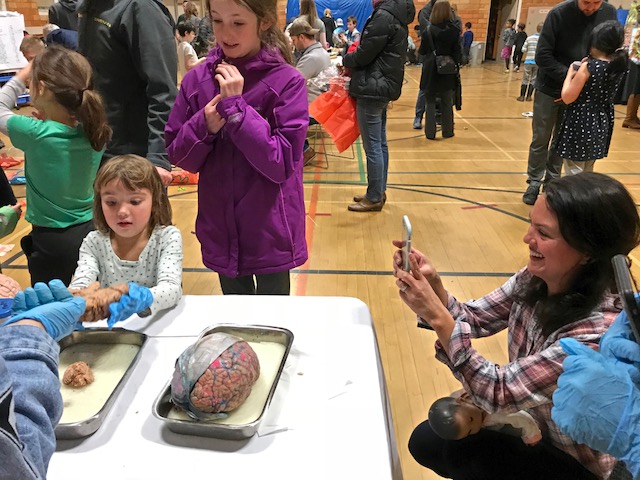
Thanks to Helen Opie and Irvington School for inviting us to learn and play!


